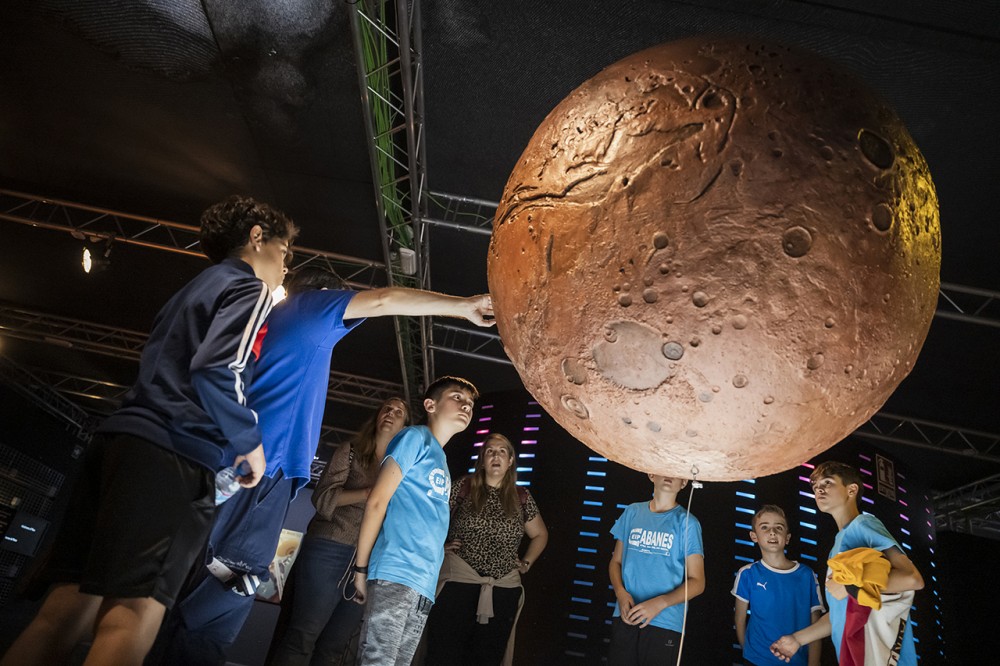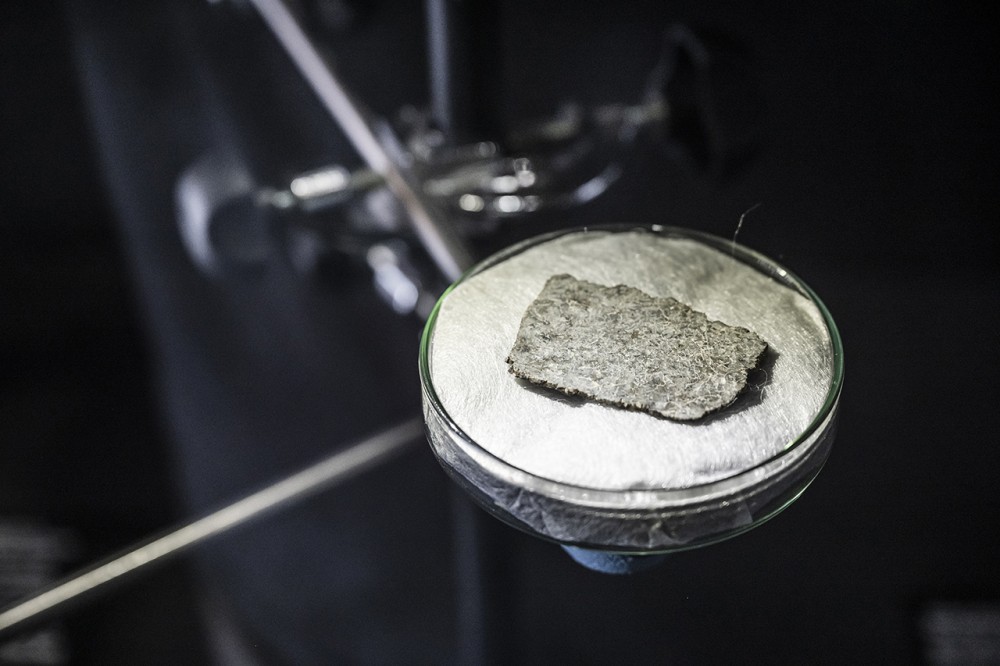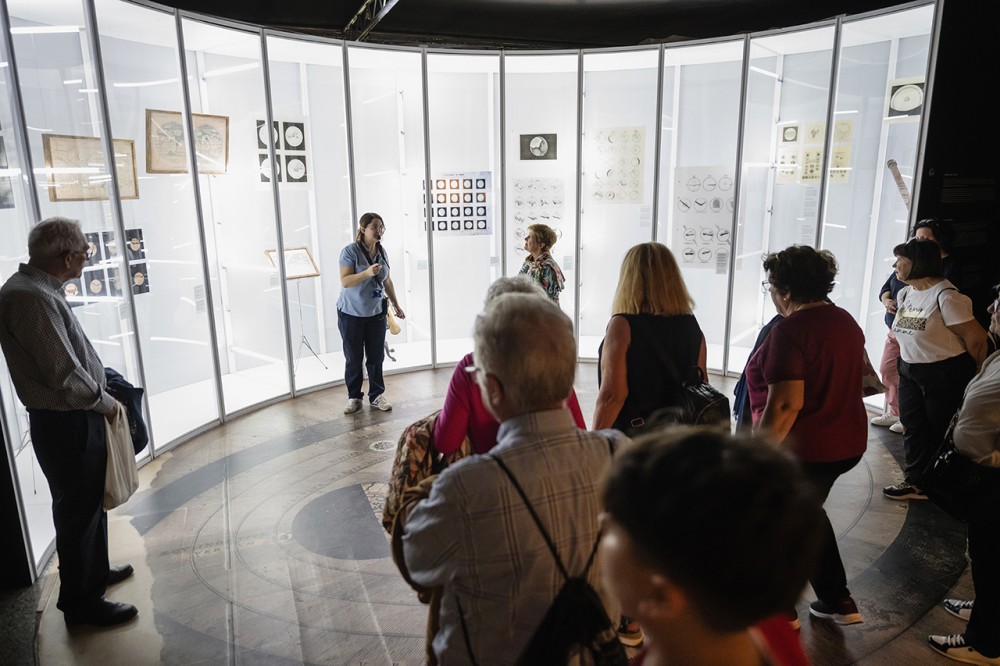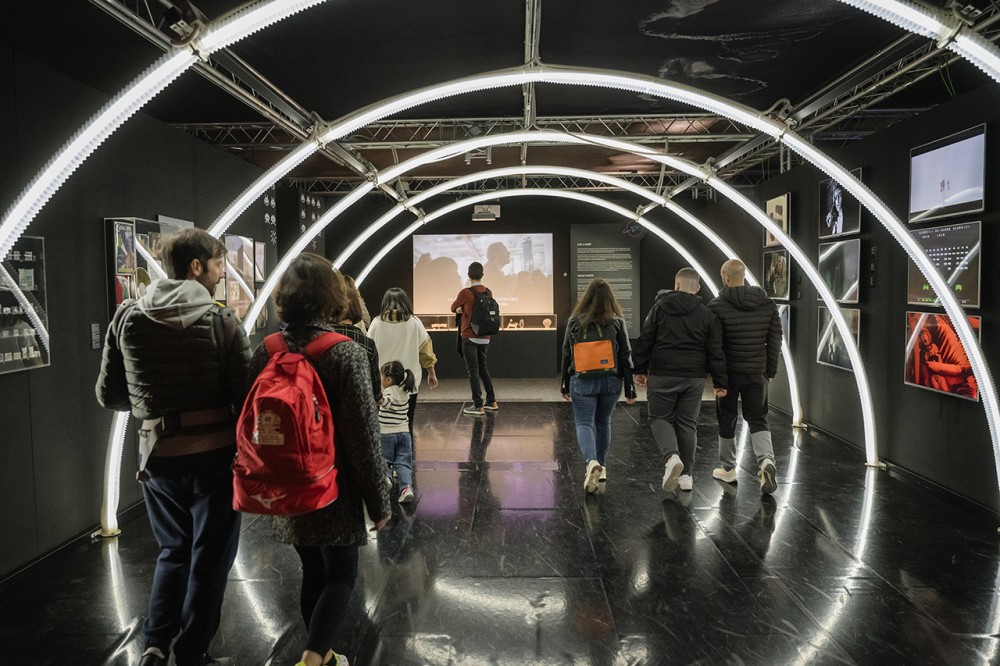
Our fascination and curiosity with Mars came to be 4,500 years ago, when the Assyrians first made reference to the Red Planet. The exhibition “Mars: The Conquest of a Dream” brings us a little closer to that fascination and to the challenges of future human colonization. Listen to what your voice would sound like and discover what your weight would be on Mars while putting your knowledge on the Red Planet to the test with images of Earth and Mars.

Through experiences grouped into five large blocks, you’ll answer questions like, “Why does Mars spark so much interest?” Or, “What pieces of data define Mars and set it apart from the rest of our Solar System’s planets?” You’ll experience the planet from the perspectives of science and science fiction – its influence on the collective imagination and how it has been portrayed in culture. Lastly, you’ll take a look at the different milestones of the space race to Mars, and you’ll look to the future in terms of the planet’s human conquest.
“Mars: The Conquest of a Dream” includes some pieces of great value due to their historical or documentary interest. Replica of astronomics books such as De revolutionibus orbium coelestium, by Nicolás Copérnico or Astronomia Nova by Johannes Kepler, facsimiles of original illustrations of “The War of the Worlds”, a replica of the first Galileo Galilei telescope, a fragment of meteorite of Martian origin Northwest Africa 11431 (NWA 11431) that was located in June 2017, in Mauritania, and two 3D-printed models that simulate possible living quarters on the Red Planet.

In the exhibition we can enjoy information about the red planet through a virtual assistant that receives us from the reception center of visitors on Mars. A giant screen simulates an hologram of a character that gives us a wheater report, but with the relevant information for the new Martian colonists, as well as indications about security measures during the visit. This module called ‘Welcome to Mars’ is the result of a collaboration project between the Ciutat de les Arts i les Ciències and the Valencian Agency of Innovation (AVI).

The exhibition has been co-produced alongside the Telefónica Foundation, with the cooperation of several institutions such as Spain’s National Institute of Aerospace Technology (INTA), the European Space Agency (ESA), and Italy’s National Institute for Astrophysics (INAF), which have provided advice and lent pieces.

Let’s play! Complete tests and riddles to save Galileo Galilei from the stake. (Created in collaboration with the Copernican Museum and produced and designed by the University Institute of Research on Robotics and Information and Communication Technologies of the University of Valencia (IRTIC-UV) and the company RENDERAREA)

